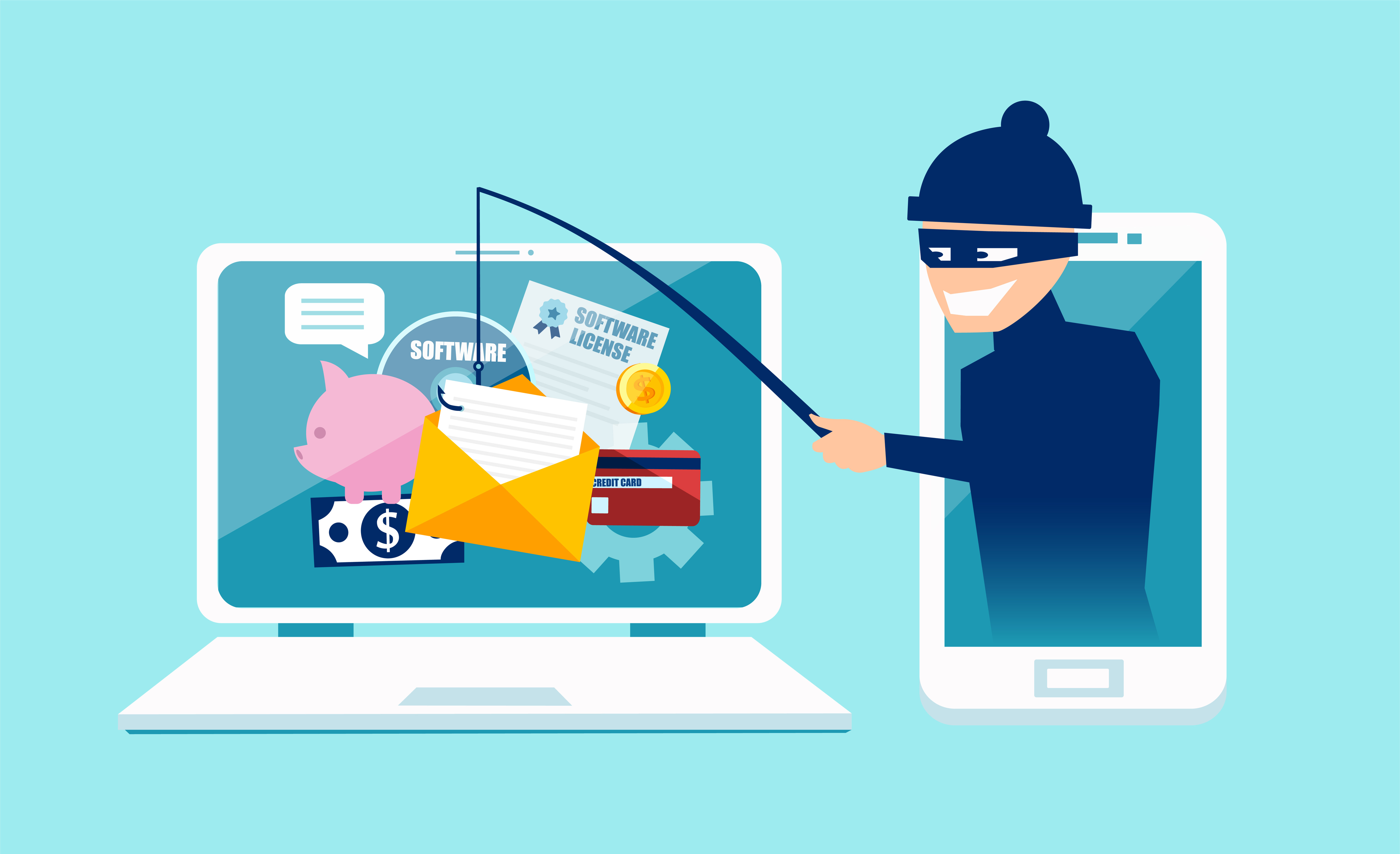Unmasking the Unthinkable: How Phishing Can Be Good for You!
Spoiler Alert: Before you grab your pitchforks, let's clarify. We're not advocating for the notorious cybercrime known as phishing. Instead, let's explore how understanding and experiencing phishing in a controlled environment can be surprisingly beneficial. Think of it as a vaccination – a bit of the virus to build a robust immunity.
Real-World Awareness:
Mock phishing exercises, often referred to as scenario simulations, provide a crucial and practical approach to cybersecurity training by mimicking real-world scenarios. These exercises offer employees a safe and controlled environment to learn and recognize the tactics used by cybercriminals, effectively turning it into a game of 'Spot the Scammer.' During these simulations, individuals are trained to detect the common red flags of phishing attempts, such as suspicious links, deceptive email addresses, and offers that seem too good to be true. This method serves as a form of detective training for the inbox, equipping staff with the necessary skills to identify and respond to potential cyber threats in their daily work.
Building a Human Firewall:
In the digital age, knowledge is power, especially in cybersecurity. Educating individuals about phishing tactics transforms them into vigilant defenders of their digital fortresses. This empowerment creates a robust cybersecurity culture, where regular phishing drills reinforce awareness and prepare individuals to adapt to new cyber threats. Together, knowledge and awareness form a dynamic shield, protecting our digital lives from ever-evolving cyber threats.
Testing and Strengthening Defenses:
In cybersecurity, identifying weak points through controlled phishing and enhancing security measures based on these insights are key strategies in fortifying our defenses. Controlled phishing exercises act as a stress test for the human firewall, helping organizations understand vulnerabilities and areas where cybersecurity awareness may falter. This information is used to enhance security measures, custom-fitting armor for each warrior in the battle against cybercrime. By combining the identification of weak points with improved security measures, organizations create a dynamic and responsive cybersecurity strategy that fosters a culture of continuous learning and vigilance.
Compliance and Confidence:
Regular phishing training helps organizations comply with cybersecurity regulations and standards. It's like having a health and safety drill for your data. Employees who successfully spot and report phishing attempts feel more confident in their cybersecurity skills. It's akin to passing a pop quiz in "Cyber Self-Defense 101."
Adapting to Evolving Threats:
Employees stay abreast of the latest phishing techniques by regularly updating training scenarios. It's a never-ending game of cat and mouse, but the stakes are your personal and organizational security. Experiencing and overcoming phishing attempts in a safe environment builds resilience and prepares employees for real threats. Consider it a fire drill for potential cyber-attacks.
A Final Word of Caution
While the benefits of understanding and training against phishing are clear, it's crucial to remember that the real-world consequences of falling for a phishing attack are severe. These exercises are tools for empowerment, not a free pass to click on every suspicious link.
So, next time you receive that mock phishing email, take a moment to appreciate the strange yet effective method behind the madness. After all, in the realm of cybersecurity, knowledge truly is power.
Stay safe and savvy!
Subscribe To Our Newsletter
Get updates and learn from the best
More To Explore


